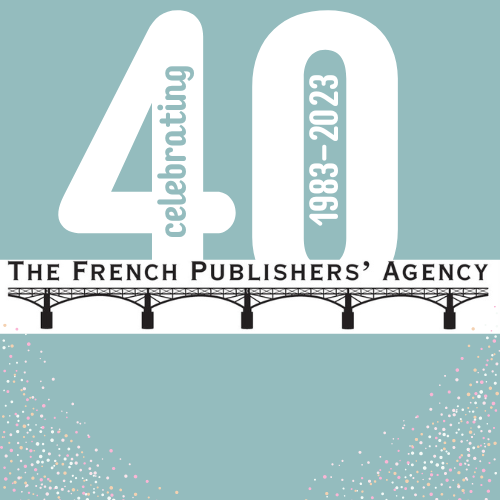WHO WAS ALAIN ROBBE-GRILLET?
Alain Robbe-Grillet
(Éditions EHESS, 204 pages, 2018)
“Robbe-Grillet’s theories constitute the most ambitious aesthetic program since Surrealism.” ―John Updike
“Robbe-Grillet is important because he has attacked the last bastion of the traditional art of writing: the organization of literary space.” ― Roland Barthes
“I doubt that fiction as art can any longer be seriously discussed without Robbe-Grillet.” ― New York Times
Alain Robbe-Grillet was an emblematic figure of the postwar French avant-garde. As one of the originators and key theoreticians of the Nouveau Roman or New Novel, he wrote experimental works of fiction that rejected conventional storytelling. As a filmmaker, he is best known for his work on Alain Resnais’s 1961 cult film, Last Year at Marienbad. As the five interviews in this book reveal, he remains, even in his later years, not only a fiercely opinionated provocateur, but also a warm host and an avid ex-agronomist who never stopped cultivating a love for the world of plants. The interviews, conducted between 1991 and 2000 by Roger-Michel Allemand, show vividly both Robbe-Grillet’s polemical verve and conceptual depth and the lesser-known aspects of his life and personality.
In the first interview, “Autobiography,” Robbe-Grillet discusses his conception of autobiography and how his approach marks a rupture from the literary devices that have traditionally characterized the genre. Autobiography, he said, is not an exposition of facts whose significance has been determined in advance. For him it had to be, first and foremost, an open-ended exploration: “I do not know where I am going nor who I am,” he said, “and that is precisely why I start writing about myself.”
In “Encounters,” Robbe-Grillet talks about his family background, the value of his early education, and his literary preferences. He evokes the encounters that led him to become a literary advisor at Editions de Minuit, the publishing house that famously launched many of the New Novelists. But his more important encounters were with works of literature, and, in particular, his determinant discovery of Franz Kafka.
In “Enigmas,” he shares his predilection for Breton legends, ghost stories, detective novels, and his fascination for the mysteries of Number Theory. And that brings him to a discussion of intertextuality and his practice of making collages, sometimes in collaboration with artists such as René Magritte and Robert Rauschenberg.
In “Theories,” he returns to the early days of the New Roman, which was, in his eyes, an adventure more than a movement. He shares anecdotes on the various writers now identified under that label and critically evaluates their works.
Finally, in “Sentiments,” the reader is invited into the intimacy of the artist. Robbe-Grillet details his writing habits, the things he loves, from botany and cactuses to Gustave Flaubert and German culture. The intimation of aging and death is delicately touched upon in the retelling of the traumatic loss of his beloved garden devastated by a storm.
Roger-Michel Allemand, a French literary critic and specialist of the New Novel, is a worthy, and not easily fazed, interlocutor. His brilliant and, at times edgy, conversations with Robbe-Grillet―often interrupted by Robbe-Grillet’s invitation to share a meal―offer rich insights into Robbe-Grillet’s personality, life, and thought.
Alain Robbe-Grillet (1922-2008) was a novelist and filmmaker, and the pioneering spokesman of the Nouveau Roman. His early novels include A Regicide (Oneworld Classics, 2015), The Erasers (Grove Press, 1994), The Voyeur (Grove Press, 1994), Jealousy and In the Labyrinth published together in 1994, by Grove Press. Robbe-Grillet’ s other works translated into English include For a New Novel: Essays on Fiction (Northwestern University Press, 1992) and La Belle Captive: A Novel, written in collaboration with René Magritte (The University of California Press, 1996).

